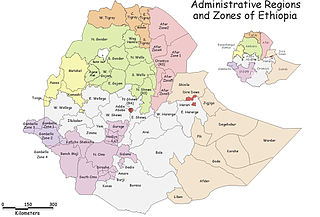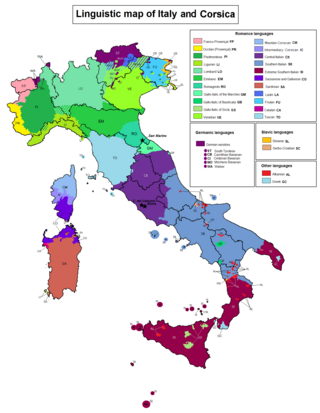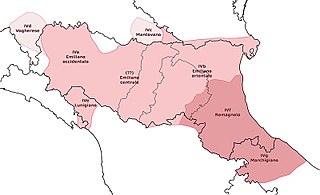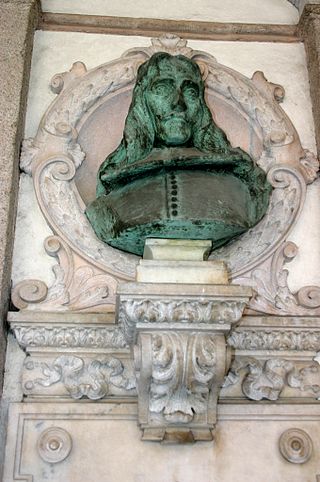Related Research Articles

The Omotic languages are a group of languages spoken in southwestern Ethiopia, in the Omo River region. The Ge'ez script is used to write some of the Omotic languages, the Latin script for some others. They are fairly agglutinative and have complex tonal systems. The languages have around 6.2 million speakers. The group is generally classified as belonging to the Afroasiatic language family, but this is disputed by some.

The Southern Nations, Nationalities, and Peoples' Region is a regional state in southwestern Ethiopia. It was formed from the merger of five kililoch, called Regions 7 to 11, following the regional council elections on 21 June 1992. Its government is based in Hawassa.
Sidama or Sidaamu Afoo is an Afro-Asiatic language belonging to the Highland East Cushitic branch of the Cushitic family. It is spoken in parts of southern Ethiopia by the Sidama people, particularly in the densely populated Sidama National Regional State (SNRS). Sidaamu Afoo is the ethnic autonym for the language, while Sidaminya is its name in Amharic. Although it is not known to have any specific dialects, it shares over 64% lexical similarity with Alaba-K'abeena, 62% with Kambaata, and 53% with Hadiyya, all of which are other languages spoken in southwestern Ethiopia. The word order is typically SOV. Sidaama has over 100,000 L2 speakers. The literacy rate for L1 speakers is 1%-5%, while for L2 speakers it is 20%. In terms of its writing, Sidaama used an Ethiopic script up until 1993, from which point forward it has used a Latin script.

The Calabrian dialect of Greek, or Grecanico is the variety of Italiot Greek used by the ethnic Griko people in Calabria, as opposed to the Italiot Greek dialect spoken in the Grecìa Salentina. Both are remnants of the Ancient and Byzantine Greek colonization of the region.

The Sidama Region is a regional state in southern Ethiopia. It was formed on 18 June 2020 from the Southern Nations, Nationalities, and Peoples' Region (SNNPR) and transformation of the Sidama Zone after a 98.52% vote in favour of increased autonomy in the 2019 Sidama referendum, making it the newest regional state in the country. Sidama is the name of both the Sidama people and Sidama territory. Sidama is bordered to the south by the Oromia Region, on the west by the Bilate River, which separates it from Wolayita zone in SNNPR, and on the north and east by the Oromia Region. Towns in Sidama include Hawassa, the capital of Sidama and SNNPR, Yirgalem, Wondogenet, Chuko, Hula, Bona, Bursa, Bensa, and Aleta Wendo. Sidama has a population of around 3.2 million in 2017 who speak the Cushitic language Sidama.

North Omo Zone was a zone in the Southern Nations, Nationalities, and Peoples' Region of Ethiopia. It was named after the Omo River, which flows in the western area of the former zone. In 2000 it was split into three zones: Dawro, Gamo Gofa, and Wolayita; and Basketo and Konta became special woredas.
Arbëresh is the variety of Albanian spoken by the Arbëreshë people of Italy. It is derived from the Albanian Tosk spoken in Albania, in Epirus and is also spoken by the Arvanites, with endonym Arvanitika.
Wolaitta or Wolayttatto Doonaa is a North Omotic language of the Ometo group spoken in the Wolayita Zone and some other parts of the Southern Nations, Nationalities, and People's Region of Ethiopia. It is the native language of the Welayta people. The estimates of the population vary greatly because it is not agreed where the boundaries of the language are.
The Ometo languages of Ethiopia are a dialect cluster of the Omotic family, generally accepted as part of the Afro-Asiatic language family. They include the most populous Omotic language, Wolaytta, with two million speakers. The languages have around 4 million speakers.
Chencha is a woreda in Southern Nations, Nationalities, and Peoples' Region, Ethiopia. Part of the Gamo Zone, Chencha is bordered on the south by Arba Minch Zuria, on the west by Dita,&Gofa on the north by Kucha and Boreda, and on the east by Mirab Abaya. Towns in Chencha include Chencha, Dorze, Dokko and Ezo.
Zala Ubamale was one of the 77 woredas in the Southern Nations, Nationalities, and Peoples' Region of Ethiopia. Part of the Gamo Gofa Zone, Zala Ubamale was bordered on the south and west by the Debub Omo Zone, on the northwest by Gofa Zuria, on the northeast by Kucha, on the east by Dita Dermalo and on the southeast by Kemba. Towns in Zala Ubamale included Beto and Meleante. Zala Ubamale was divided for Uba Debretsehay and Zala woredas.

Gallo-Italic of Sicily is a group of Gallo-Italic languages found in about 15 isolated communities of central eastern Sicily. Forming a language island in the otherwise Sicilian language area, it dates back to migrations from northern Italy during the reign of Norman Roger I of Sicily and his successors.
Mihály Bakos, also known in Slovene as Miháo Bakoš or Mihael Bakoš, was a Hungarian Slovene Lutheran priest, author, and educator.
Basketo is an Afro-Asiatic language spoken in the Basketo special woreda of the Southern Nations, Nationalities, and Peoples Region, which is part of Ethiopia. The speakers refer to the language as "Masketo", while their neighbors refer to it as "Basketo." It has said to consist of two dialects, "Doko" (Dokko) and "Dollo" (Dollo). Besides their mother tongue, some also speak Melo, Oyda, Galila, or Gofa.
Dorze is an Afro-Asiatic language spoken in the Gamo Gofa Zone of Ethiopia. Alemayehu Abebe reports that while performing preliminary fieldwork in 1992, he found 14 kebeles in Chencha woreda with Dorze speakers.
Gamo-Gofa-Dawro is an Omotic language of the Afroasiatic family spoken in the Dawro, Gamo Gofa and Wolayita Zones of the Southern Nations, Nationalities, and Peoples' Region in Ethiopia. Varieties are spoken by the Gamo, Gofa, Dawro; Blench (2006) and Ethnologue treat these as separate languages. Zala presumably belongs here as well. Dialects of Dawro (Kullo-Konta) are Konta and Kucha. In 1992, Alemayehu Abebe collected a word-list of 322 entries for all three related dialects.

Emilian is a Gallo-Italic language spoken in the historical region of Emilia, which is now in the northwestern part of Emilia-Romagna, Northern Italy. There is no standardised version of Emilian.

Carlo Maria Maggi was an Italian scholar, writer and poet. Despite being an Accademia della Crusca affiliate, he gained his fame as an author of "dialectal" works in Milanese language, for which he is considered the father of Milanese literature. Maggi's work was a major inspiration source for later Milanese scholars such as Carlo Porta and Giuseppe Parini.
Gayil is an Omotic language of Ethiopia. According to the 2007 census, 55,700 people speak Gayil as a mother tongue.
Zala is one of the woredas in the Southern Nations, Nationalities, and Peoples' Region of Ethiopia. Part of the Gamo Gofa Zone, Zala is bordered on the southwest by Uba Debretsehay, on the northwest by Demba Gofa, on the northeast by Kucha, on the east by Deramalo, and on the southeast by Kemba. Zala was part of former Zala Ubamale woreda.
References
- Cerulli, Enrico. 1929. Note su alcune popolazioni Sidama dell'Abesinia meridionale 2: I Sidama dell'Omo. Rivisita degli Studi Orientalia, 12. (Il linguaggio degli Zala: 37–39.)
- Blench, 2006. The Afro-Asiatic Languages: Classification and Reference List